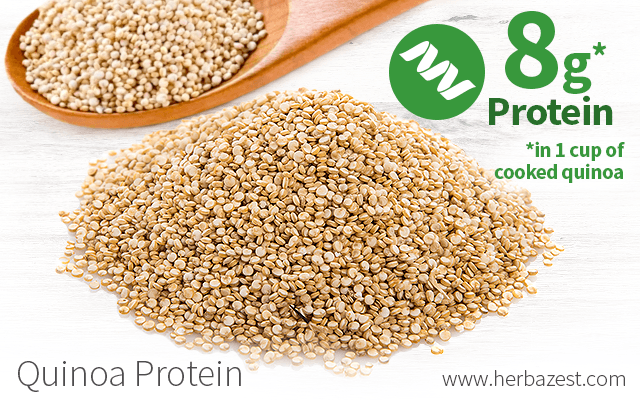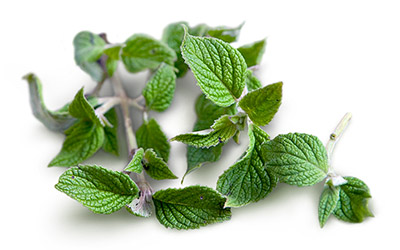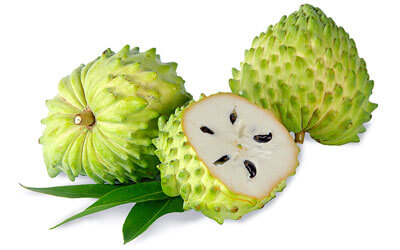Quinoa has been cultivated for thousands of years in the Andean region of South America, where it has been an important staple and source of nutrition. In recent years, quinoa has become known in other parts of the world for its high nutritional value, most importantly, its complete protein.
What Is Protein?
Proteins, composed of amino acids, are one the three macronutrients that the body needs to function. They are crucial for proper growth and development, but they also help the body repair and generate new cells. Proteins are most commonly found in animal sources, such as meats, milk, and eggs, as well as plant sources, like soy, beans, and chickpeas.
Per official recommendation, 10 - 35% of the total calorie intake of a healthy adult should be protein.1 However, a number of factors influence the appropriate amount of calories you should consume per day, including your age, gender, and level of activity.
Protein in Quinoa
Quinoa offers good amounts of protein, which contributes to its excellent nutritional value. But how much protein is in quinoa? Quinoa's protein levels are comparable to those of milk and higher than those in other cereals, such as wheat, rice, and maize. In fact, there are 8 grams of protein in a cup of cooked quinoa.2
What is even more impressive about quinoa is that it contains all nine essential amino acids that the body is unable to manufacture itself. Specifically, quinoa has high levels of lysine, which is deficient in many grains, and methionine, which lacks in many legumes. Because of this, quinoa represents an extremely important source of nutrition.
Furthermore, quinoa's protein biological value is 73%, comparable to beef at 74% and much higher than that of wheat (49%) and corn (36%).3 For reference, the biological value is the measure of the protein that is absorbed from the food and incorporated in the body.
THE PROTEIN IN QUINOA HAS A GREATER BIOLOGICAL VALUE THAN IN OTHER PLANT SOURCES.
In addition, while quinoa has good protein levels, it is lacking gluten, another type of protein made of gliadin and glutenin. Gluten is one of the most abundant proteins found in food, especially in grains such as wheat, rye, and barley. The fact that quinoa is gluten-free and still a significant source of nutrition makes it an important supplemental food source for people with celiac disease, gluten allergy, and gluten intolerance.
As one of the most popular sources of complete protein, quinoa is an valuable dietary addition for anyone who wants to boost their protein intake with plant-based foods. Easy to cook and versatile, quinoa is a healthy and nutritious addition to any diet.
Sources
- Cereal Chemistry, Composition and Protein Nutritional Quality of Quinoa, 1993
- Journal of Nutrition and Food Sciences, Quinoa (Chenopodium quinoa Willd), from Nutritional Value to Potential Health Benefits: An Integrative Review, 2016
- National Library of Medicine, Proteins
- USDA Center for Nutrition Policy and Promotion, Estimated Calorie Needs per Day by Age, Gender, and Physical Activity Level
- FAOSTAT, International Year of Quinoa 2013, Nutritional Value
- USDA Nutrient Database, Quinoa, uncooked
- University of Maryland Medical Center, Protein in diet
Footnotes:
- Pomona College. (2021). Macronutrients & Micronutrients. Retrieved September 16, 2021 from https://www.pomona.edu/administration/dining/health-wellness/macronutrients
- Harvard T.H Chan. (n.d.). Quinoa. Retrieved September 20, 2021 from https://www.hsph.harvard.edu/nutritionsource/food-features/quinoa/
- Journal of Nutrition & Food Sciences. (2016). Quinoa (Chenopodium quinoa Willd), from Nutritional Value to Potential Health Benefits: An Integrative Review. Retrieved September 20, 2021 from https://www.longdom.org/open-access/quinoa-chenopodium-quinoa-willd-from-nutritional-value-to-potential-health-benefits-an-integrative-review-2155-9600-1000497.pdf




